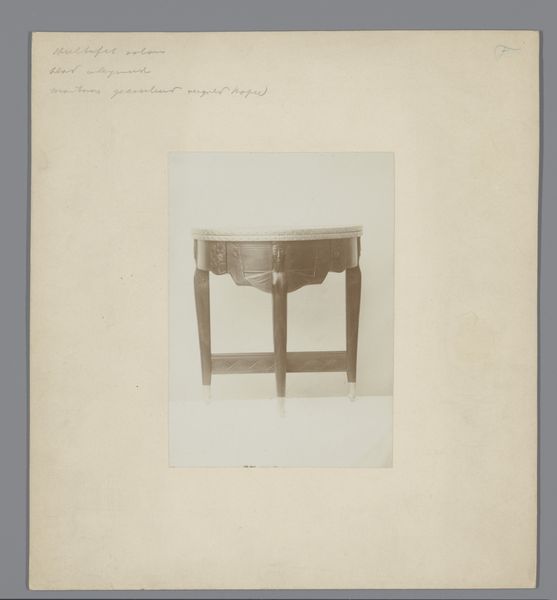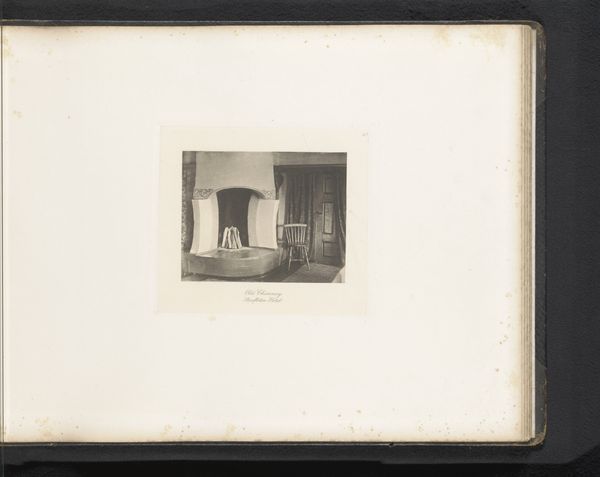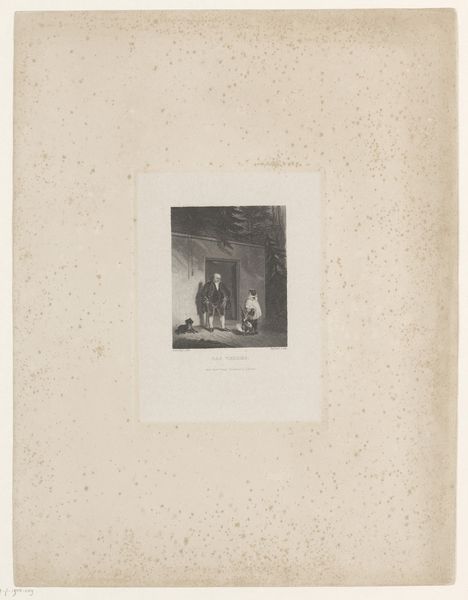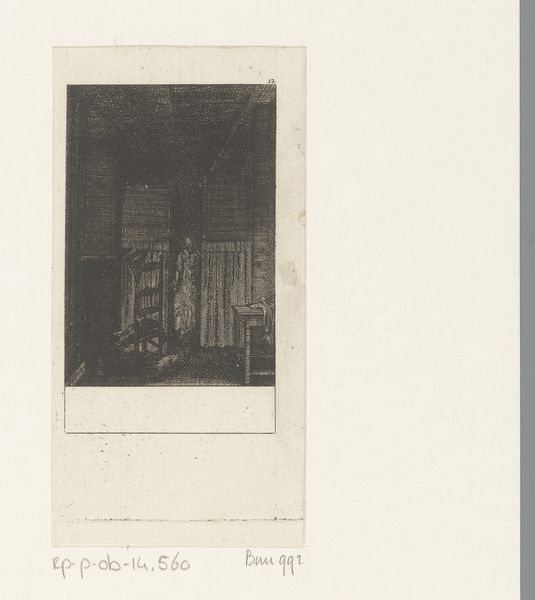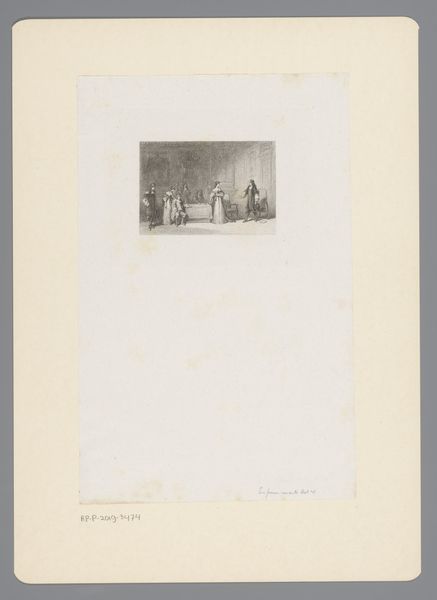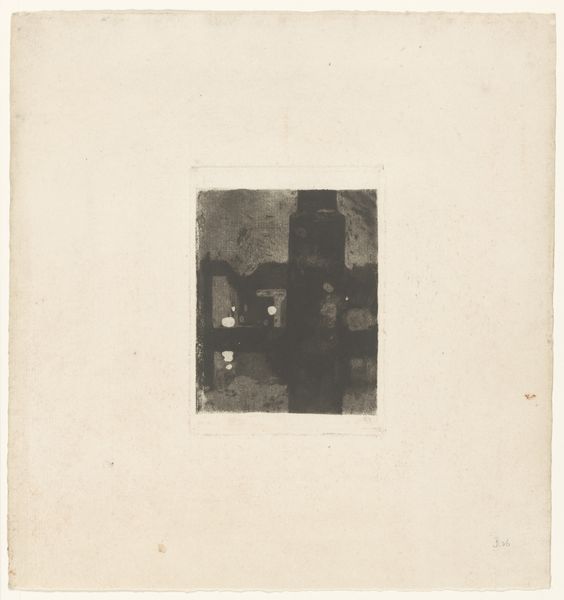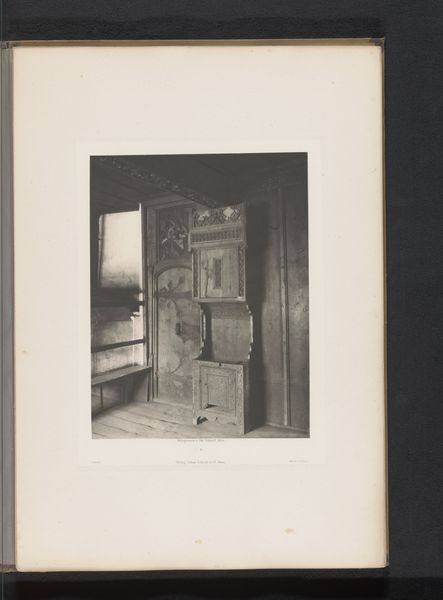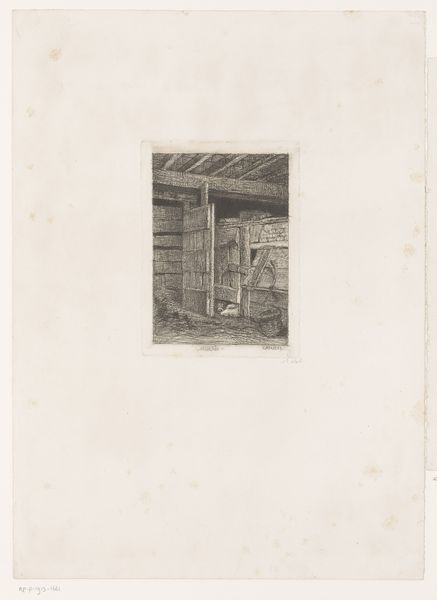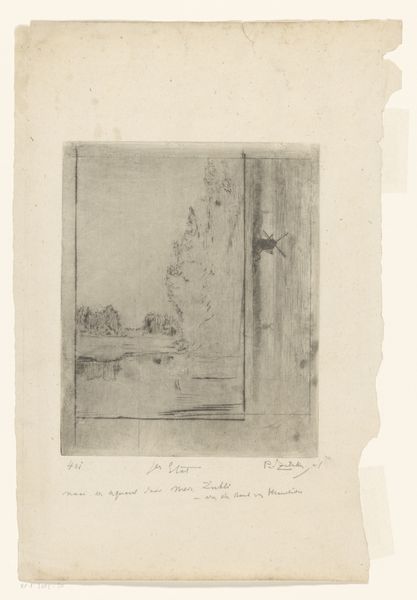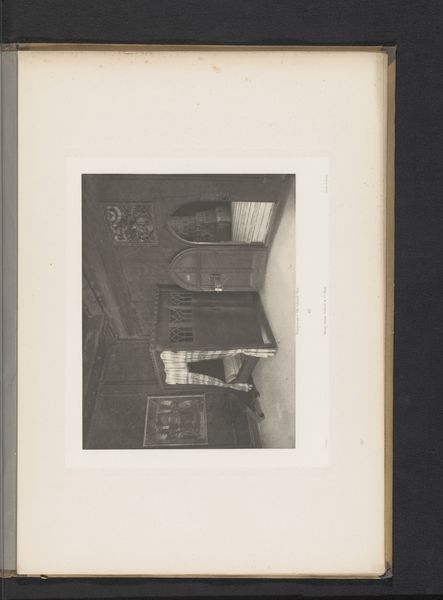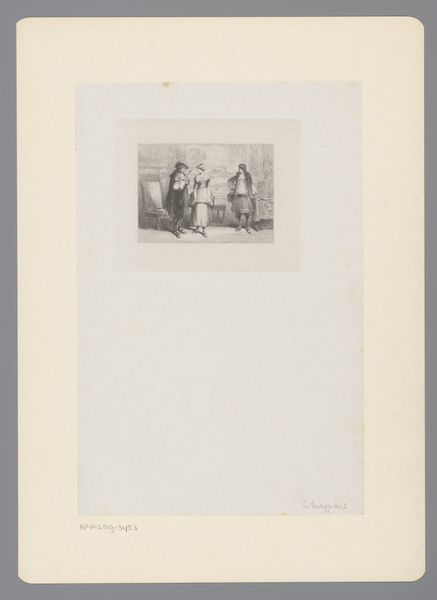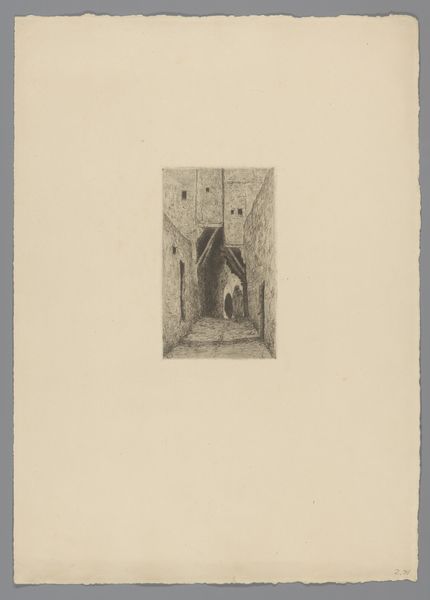
drawing, paper, pencil
#
drawing
#
art-nouveau
#
paper
#
form
#
pencil
Dimensions: height 241 mm, width 219 mm
Copyright: Rijks Museum: Open Domain
Editor: So this is a drawing of a "Driepotige tafel naar ontwerp van Mathieu Lauweriks," a three-legged table designed by Mathieu Lauweriks, dating from around 1910. It's rendered in pencil on paper and it has a surprisingly calming effect, like something from a dream. What do you see in it? Curator: I am struck by its grounding symbolism. Lauweriks frequently employed geometric principles in his designs. The circle of the tabletop represents wholeness, unity. Editor: And the three legs? Is that significant? Curator: Absolutely. The triad is an archetypal image, found across countless cultures. Think of the Christian Trinity, or the threefold division of the world in many mythologies – earth, sea, and sky. The base connects it to stability and roots. Editor: I never thought a table could carry so much weight! Curator: Consider also the context. Around 1910, amidst industrialization, many artists sought to reinvest meaning into everyday objects, rebelling against soulless mass production. Geometry was seen as a language to rediscover universal harmony, even spiritual significance. It shows up in art nouveau often, doesn’t it? Editor: It does. So Lauweriks wasn't just designing furniture; he was participating in a wider cultural movement, encoding these objects with layered significance. It's not just functional but it's an effort at retaining humanity through trying times. Curator: Precisely! Objects like this became vessels for memory, resistance and cultural continuity, embedding values of stability and beauty. Next time you sit at a table, consider what other memories it represents. Editor: That is incredible, really making me rethink how to interpret something so… domestic. Curator: Hopefully this will continue to change how we look at this, and art history, as a whole.
Comments
No comments
Be the first to comment and join the conversation on the ultimate creative platform.
